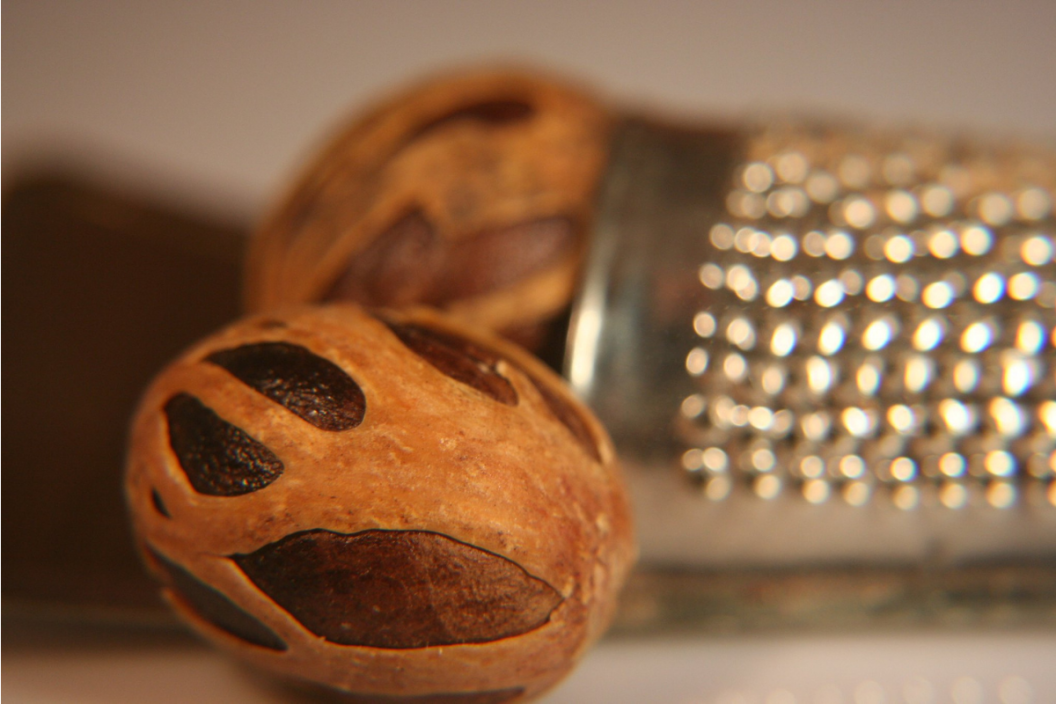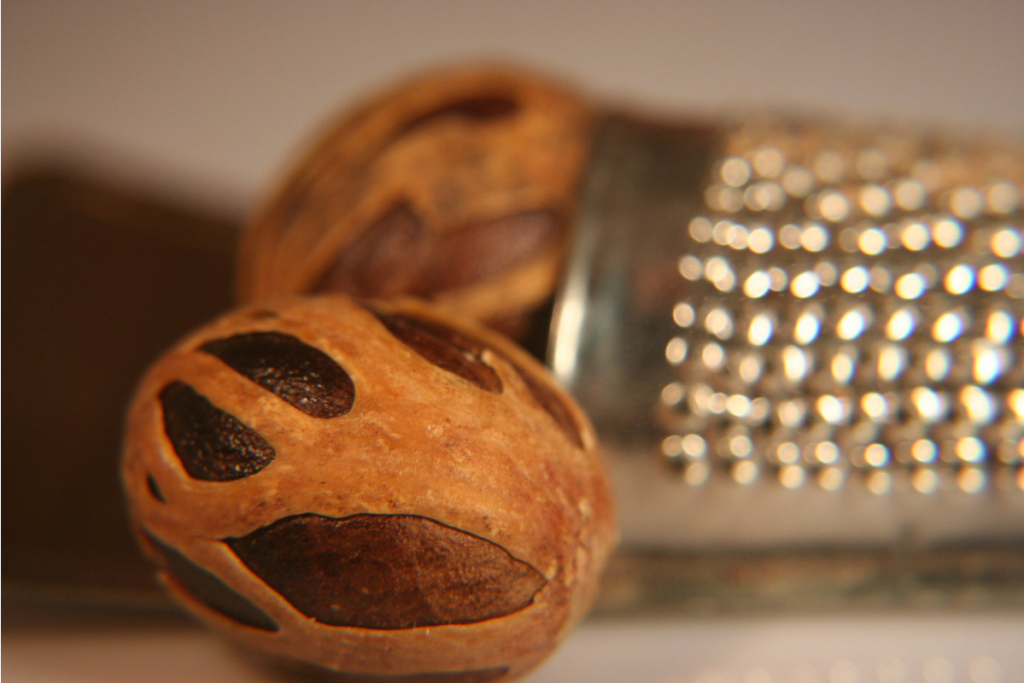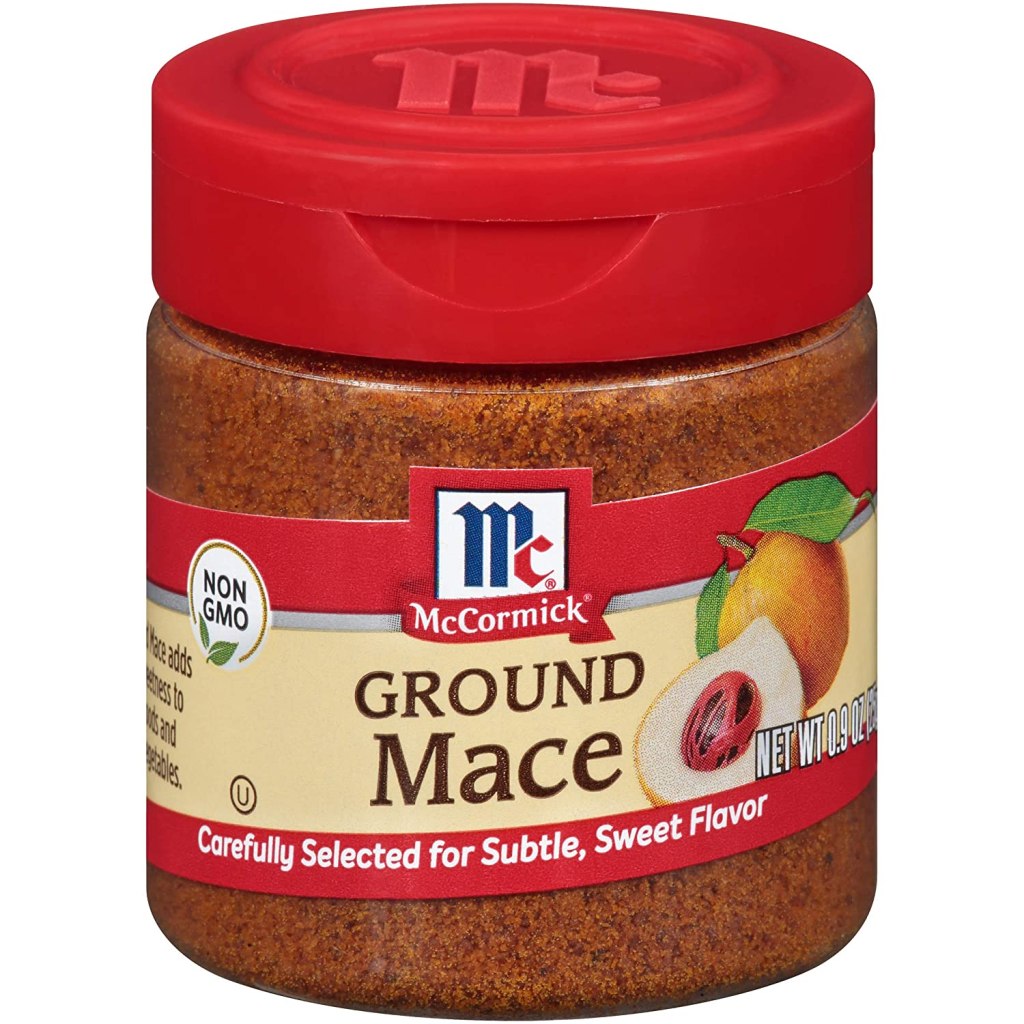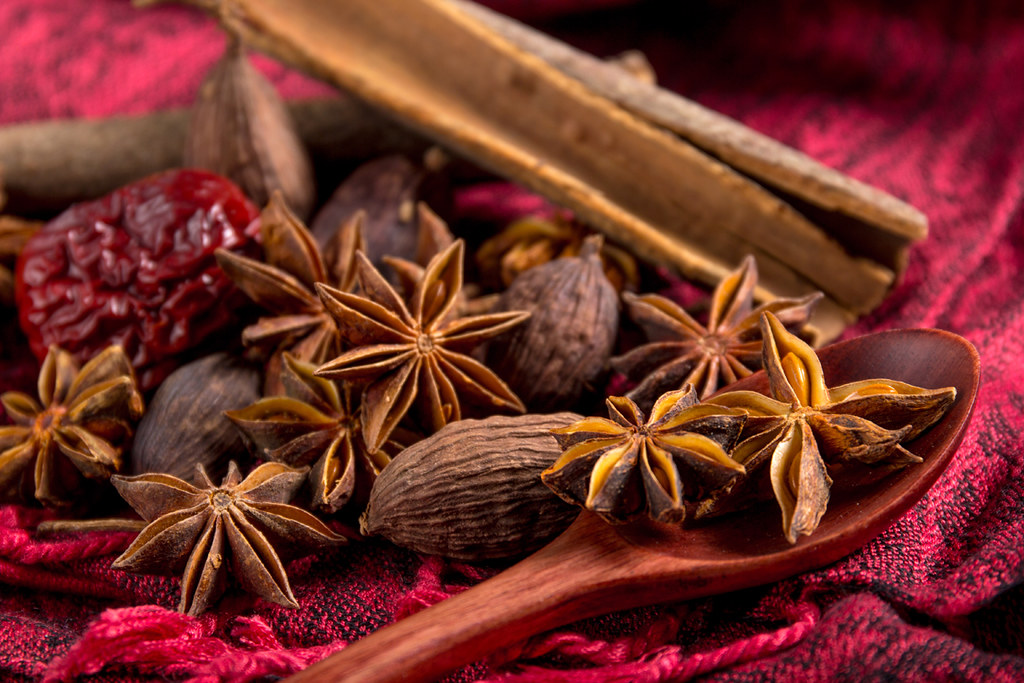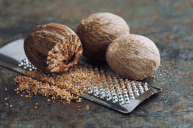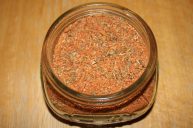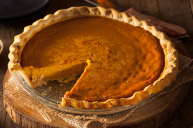Have you ever heard that "variety's the spice of life, that gives it all its flavor?" Just like we should always try to keep life interesting, the flavor added by a good spice should never be underestimated! Most cooks can agree that a sauce, seasoning or spice can make all the difference, no matter where your culinary interests take you. One seasoning that adds a warm, flavorful undertone to many a dish is Mace spice, a yellow-brown spice that comes from the outer layer of the nutmeg seed.
Videos by Wide Open Country
When it comes to herbs and spices, savory dishes often benefit from a dash of oregano, basil, or garlic powder, while you can spice up your sweet dishes with a pinch of cinnamon, allspice or nutmeg. However, one of the best qualities of mace spice is that it bridges the gap between savory and sweet, offering a tasty addition to a wide variety of dishes.
What Is Mace Spice
Mace spice and nutmeg both derive from the nutmeg tree or the Myristica fragrans, the only tree that produces two different spices. This tree grows native in the Moluccas Islands of Indonesia, also named the Spice Islands. It is also native to some parts of the Caribbean, such as the island of Grenada who holds nutmeg in such high regard that it is a symbol on its flag! The nutmeg seeds that come from the Myristica fragrans have an outer coating called the aril, and this is mace. Nutmeg seeds grow into fruit, which is also edible and eaten in some cultures.
When these fruits ripen, they open and one can remove the aril and seed from within. Then, the aril is flattened and left out to dry for up to two weeks. As it loses moisture, the red aril becomes yellow, orange, and brown, until its color resembles that of the Mace spice. Just like one can buy whole nutmeg or ground nutmeg, there are options to buy whole mace, which is called a "blade," or purchase it ground up for convenience.
In grocery stores, mace is typically found in the ground form, which is most convenient for speed and functionality when cooking with it. However, purchasing it in mace blades is best if your priority is to preserve its most natural flavor. If you have whole mace, using a spice grinder is a simple way to convert it to ground mace.
Uses of Mace Spice
Mace spice shares no relation with "mace" the defensive spray aside from its name, but it is a weapon of flavor in the kitchen! This versatile spice has a similar flavor to nutmeg, but its complex flavor profile is also reminiscent to cinnamon and black pepper. It is often used in baking, alongside other warm, spicy flavors like cardamom, coriander, cumin and allspice. Mace spice is found in recipes for cobblers, donuts, pumpkin pie, and some eggnog recipes to create the perfect blend of sweet and spicy.
Mace spice has a strong presence in Indian, Moroccan, and Asian dishes, along with being featured in Dutch, British and French cuisine. Its multi-region uses can be attributed to the spice trade in the 16th century, which led to its nearly worldwide accessibility. Along with being prominent in baking, Mace spice is a delicious addition to savory dishes like soup and meat pies. It is an excellent companion of apricot and can also be added to mashed potatoes for extra flavor.
I love knowing where my food comes from, and what makes mace special is that one can discern where it originated from based on its color! If your mace is a darker orange-red, it's probably from Indonesia. If it has a tint of orange-yellow, the mace spice is typically from Grenada. No matter the shade, mace spice is a flavorful addition to any spice blend, and it is an important ingredient in garam masala and the Moroccan blend ras el hanout.
If you want more of a visual explanation, check out this video showing the differences between mace and nutmeg:
If your interest is piqued by this aromatic, autumn-colored spice, here are some mace recipes to try out!
Applesauce Doughnuts with Buttermilk
Watch: 5 Autumn Flavors Way Better Than Pumpkin
https://www.thespruceeats.com/what-is-mace-1807031
